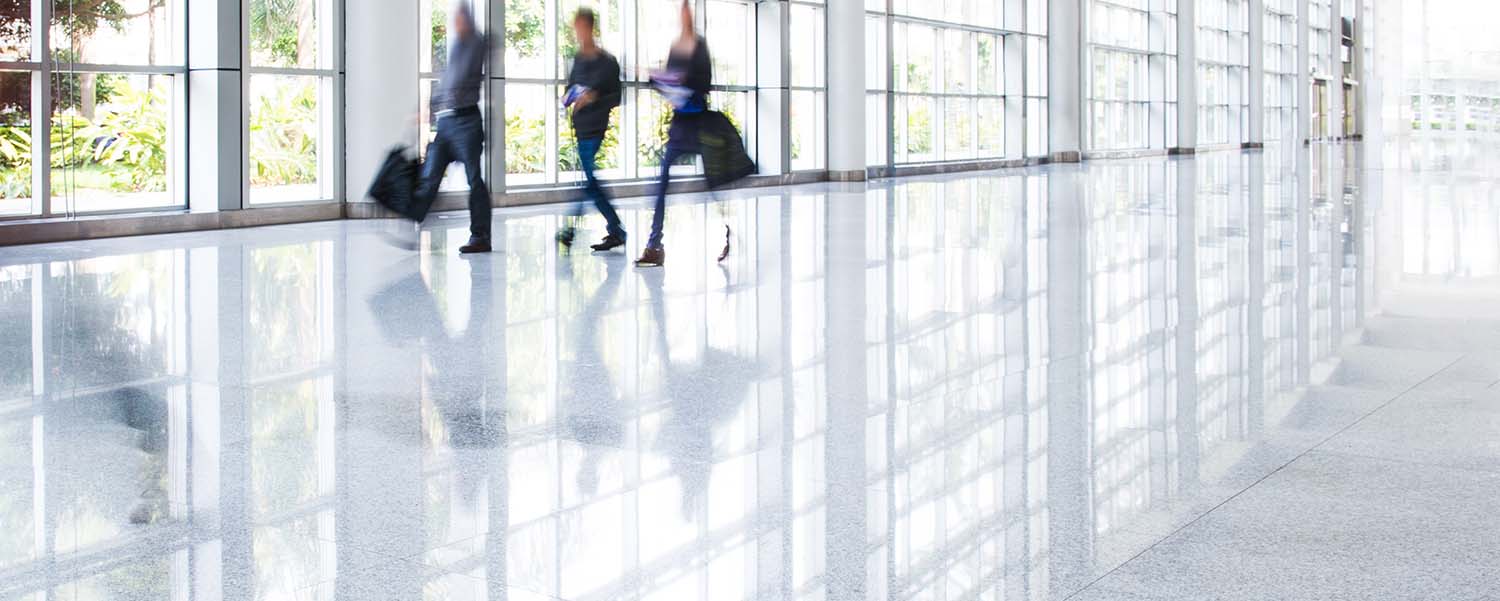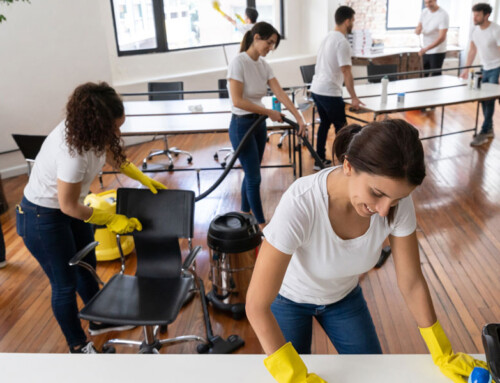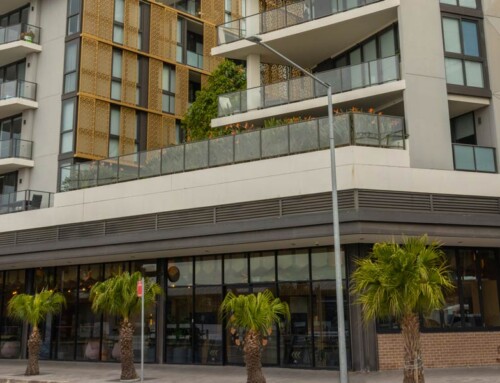The Facility Management Perspective

Welcome to the new normal for facilities services. COVID-19 has changed everything in the facilities industry: How we manage facilities, how we clean facilities, how we support our clients when their facilities are empty due to the pandemic, and how we are currently supporting our clients as their employees start to return to their offices. And, of course, each COVID-19 variant changes or resets the path back to BAU (business as usual).
What we know
We have seen the CDC (Centers for Disease Control and Prevention) and OSHA (Occupational Safety and Health Administration) provide recommendations and requirements to help us return to BAU. We continue to receive regular information updates from these organizations about how COVID-19 spreads. And we also are getting updates from the U.S. Environmental Protection Agency (EPA) on approved disinfectant registration (List N).
All these agencies are supporting what we clean and disinfect, how we clean and disinfect, and when we should clean and disinfect, as well as recommendations and requirements for employee safety when providing these cleaning and disinfection services.
What is changing
So, what is the BAU for facility service for the future? We believe that the facilities we manage and the clients we serve today are rapidly changing the look, feel, features, and amenities in their spaces to draw in new talent and keep existing talent in place.
We also believe that the new office space will be different in design: More open, more inviting, and more creative. The office of the future will be a destination.1 The days of cube farms with hundreds or even thousands of desks and limited meeting and huddle rooms will be replaced with large social spaces, collaboration spaces, conference rooms, and training facilities.
Technology will also be a critical part of this transformed space, helping clients connect and collaborate globally with their teams and clients wherever they are. Desk space has become less critical in the overall requirements for the office of the future. When you need heads-down time to work on a project, you can do that from home, as the past two years have shown that employees can be efficient and productive while working remotely.
The office is and will always be the heartbeat of every organization, but it no longer needs to be a place where every employee must come every day to be able to work. There are some exceptions to this redesign that removes individual or cubical office space, specifically in regions where housing is restrictive because of square footage, family dynamics are multi-generational, or very young children are in the home.
So how do we, in the facility services industry, support our clients and their employees? In The Workplace You Need Now1, the authors talk about the workplace of tomorrow needing to be a destination, a place where all employees want to come to collaborate, be creative, socialize, connect, and receive guidance and inspiration from their peers, managers, and leaders. This new destination will have more social and connectivity features and fewer heads-down workstations.
We have seen that working from home is as productive as working from the office. So, turning the office of the future into a creativity zone to generate ideas, collaborate, and find inspiration is what the future office will need to become. Organizations need to adopt new “activity-based workplace” designed attributes, including free addressing, hot-desking, and hotel reservation desking solutions.
So, how do we help?
What is the role of the facility service provider? The new normal is that cleanliness and hygiene will be key to employees feeling safe in the built environments where they work, shop, dine, and socialize, and an enhanced focus on air quality, health screenings, cleaning protocols, and more are no longer optional.3 The facility services industry must embrace the technology that is available today—self-cleaning surfaces, robotics, touchless consumable dispensers, and contactless technology, and be vigilant about what is on the horizon that can improve or enhance facility services delivery.
In this competitive industry with rapidly increasing wages, labor shortages, an aging workforce, difficulty attracting young talent, and clients needing to find ways to reduce costs or control cost increases, we must be looking for the next innovation or technology that will help us make positive change in the facilities services industry.
We are looking for supplier partners that bring systems like performance management, health and safety verification, a positive customer service experience, and a sustainability program to the table. We need supplier partners that are agile, transparent, and leading edge in technology and innovation that are also willing to work within our systems and technologies to help us help our clients have a seamless, positive facility services experience.
For more from John Kelley, watch this recent Straight Talk interview.

















